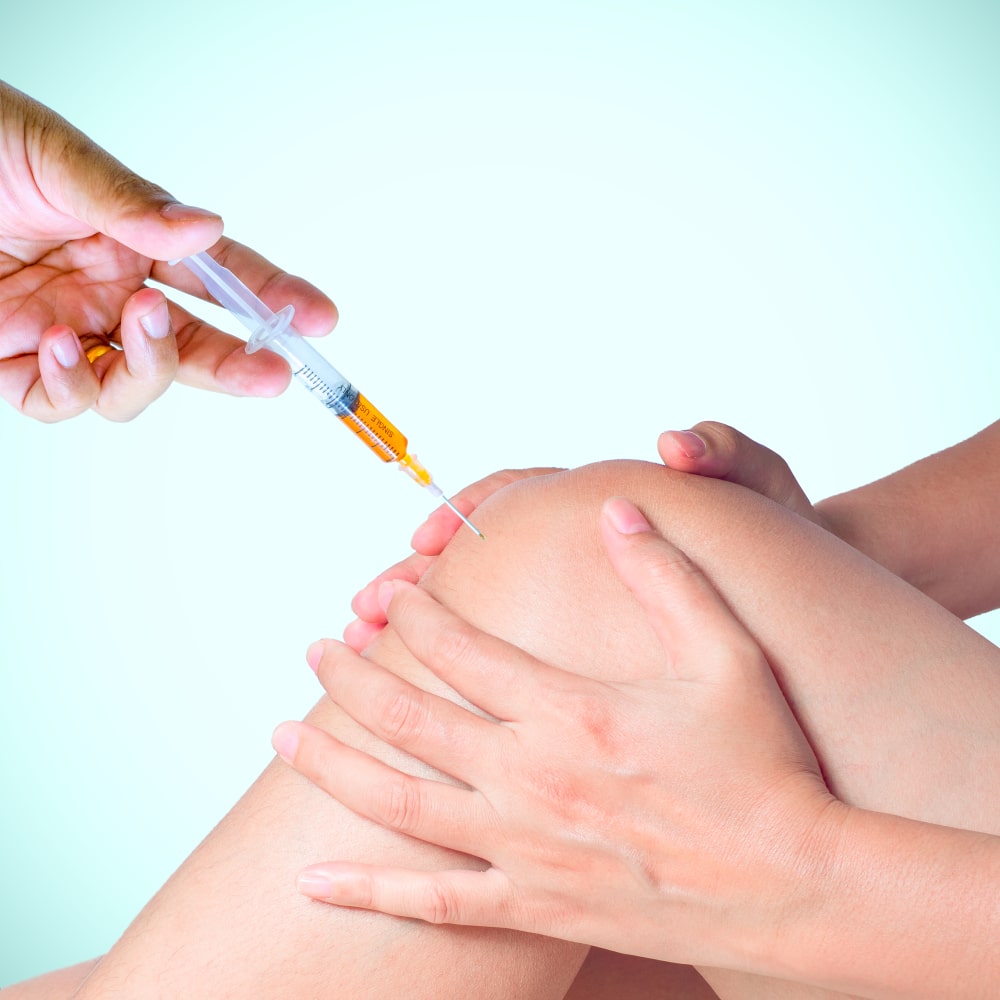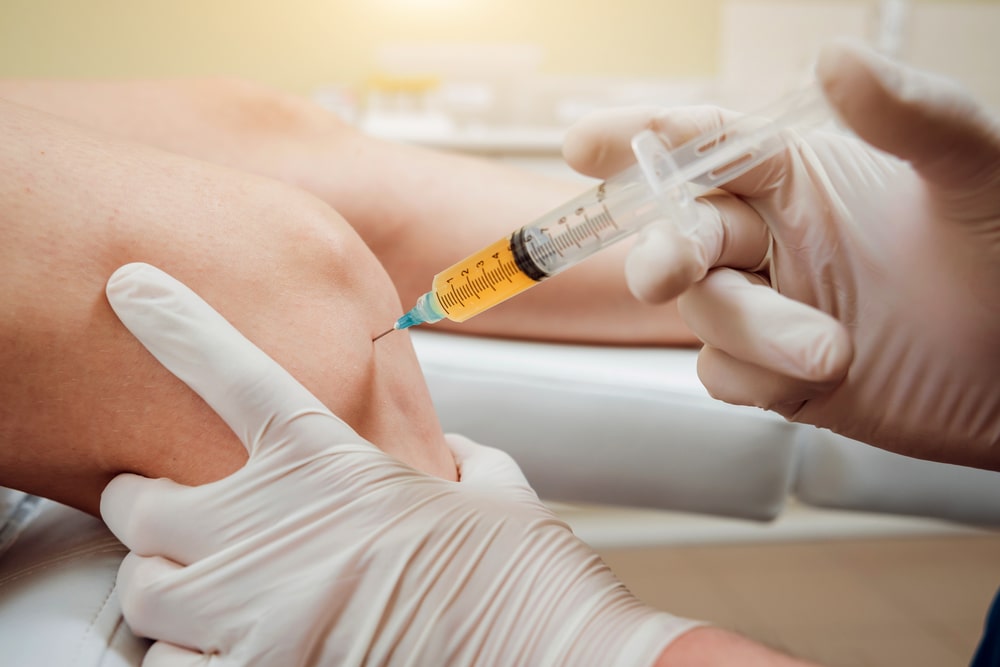Maybe you have seen it in the news, on social media, or know of a friend who has gotten it. Heard about it at the gym or maybe it has come up in discussions with your registered health care professional. Platelet-rich plasma, or PRP, has been a popular topic of conversation in the orthopedic medicine world these days. But what is PRP all about anyway? How does it work? And who might benefit from it? Below is short summary helping you answer these questions.

What Is Platelet-rich Plasma (PRP) Injections:
In order for us to talk about PRP, we first need to understand a little bit about blood. Maybe you remember from your high school biology class that blood is a special fluid in our body that serves many different functions, such as: transporting oxygen and nutrients, carrying antibodies to fight infections, forming blood clots to prevent excess blood loss and regulating body temperature. If you sat in the front row of your high school biology class you may also recall that the main components in the blood are that of plasma, red blood cells, white blood cells and platelets.
How Platelet-rich Plasma (PRP) Injections work?
PRP injections aim to leverage the function of platelets to aid in the healing or regeneration of impaired or non-functional tissues. Platelets play a key role in the body's healing process; helping form blood clots to prevent excessive bleeding, releasing biological mediators that signal the tissue healing process to occur, as well as encouraging local proliferation and migration of other cells to the injured area that further advance healing. Everyone has platelets circulating in their blood, however, the idea behind PRP injections is that if we inject a high concentrated dose of platelets into injured tissue, we may be able to improve tissue healing. Especially in tissues that are known to have poorer healing outcomes - tendons, ligaments and tissues that have not successfully healed within the normal healing timeline. So how do we obtain these platelets from our blood? First, blood is taken from the individuals’ body who is going to receive the PRP injection. Second, the blood is placed in a vial and spun in what is called a centrifuge for a predetermined length of time. By spinning the blood we are able to separate the blood's components. Denser red blood cells move to the bottom of the vile while less dense blood plasma rises to the top, and in between these two layers is where the platelets are now isolated. Third, the concentrated blood plasma and platelets are extracted from the vile and are now ready to be injected into the desired tissue. The practitioner may use an ultrasound-guided injection technique to increase the accuracy of the injection into the tissue.
Uses of Platelet-rich Plasma (PRP) Injections
PRP injections have been used to attempt to help improve the outcomes of a variety of musculoskeletal injuries and conditions such as osteoarthritis, rheumatoid arthritis, ligament sprains/tears, tendinopathies, plantar fasciitis, bone healing and rotator cuff repairs. A PRP injection is not a “cure-all” procedure and is not intended to be used as one. PRP injections are still being extensively researched and what has been described above are the concepts surrounding its proposed use. If you have further questions regarding PRP injections, we encourage you to talk to your doctor and/or regulated health care professional.
References
https://ashpublications-org.login.ezproxy.library.ualberta.ca/blood/article/122/15/2550/31870 Mehrabani, D., Seghatchian, J., & Acker, J. P. (2019). Platelet-rich plasma in the treatment of musculoskeletal pathologies. Transfusion and Apheresis Science, 58(6), 102675. https://www.painscience.com/articles/platelet-rich-plasma-does-it-work.php https://www.oneblood.org/media/blog/platelets/the-science-behind-separating-blood-and-platelets.stml#:~:text=During%20a%20platelet%20donation%2C%20called,are%20given%20back%20to%20you https://doi-org.login.ezproxy.library.ualberta.ca/10.1182/blood-2013-05-468694





